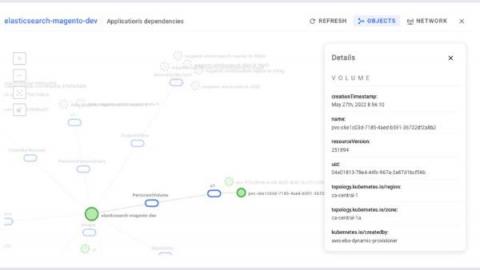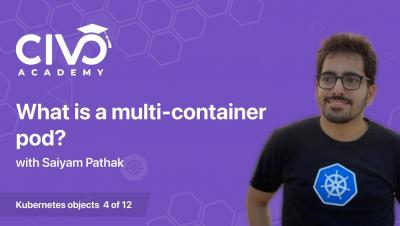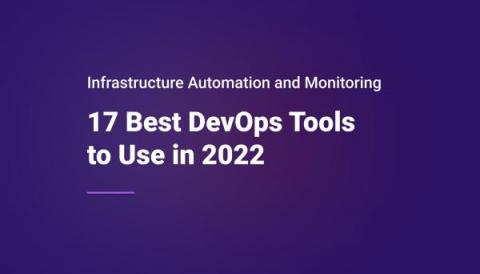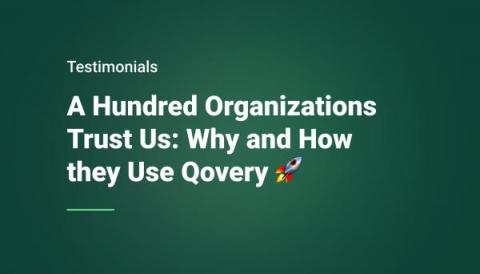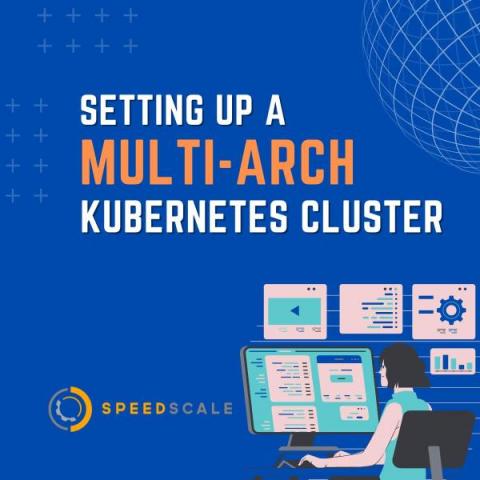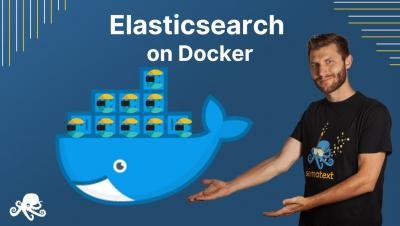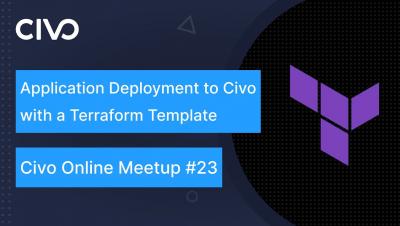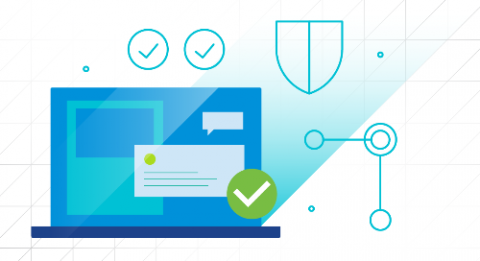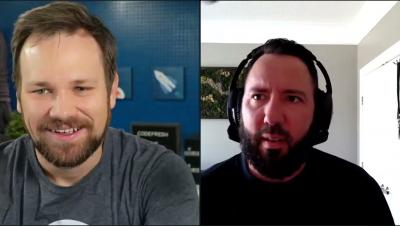Application Platform with Crossplane and Shipa
Crossplane is an open-source project that lets you turn a Kubernetes cluster into a control plane. Crossplane lets you interact with your cloud provider API from a Kubernetes cluster, enabling you to create cloud resources required by your applications, such as databases or other resources supported by Crossplane for different cloud providers.


